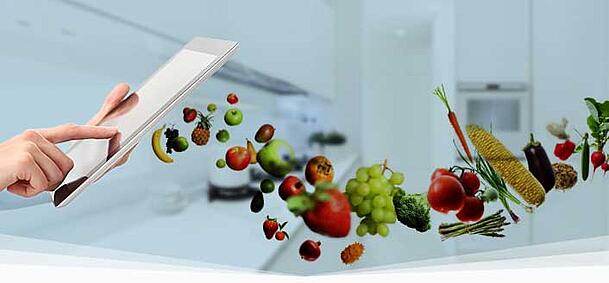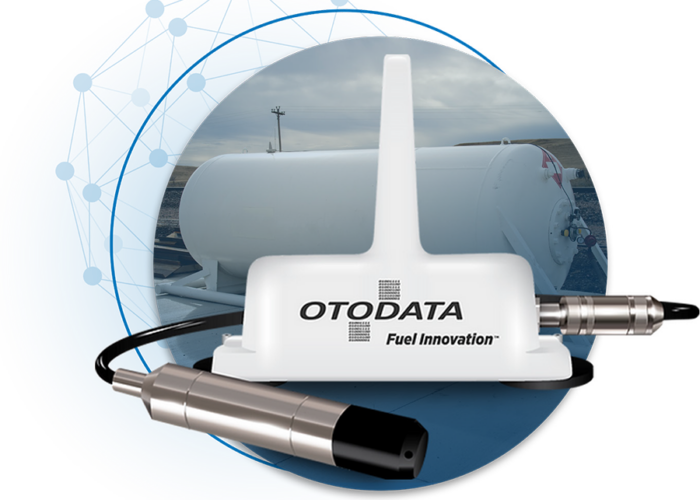The restaurant industry is an infamously high-risk business. A 2014 study from the U.S. Bureau of Labor Statistics shows that nearly one out of every five restaurants fail within their first year. With so much at stake in the execution of restaurant operations, managers and owners often employ techniques and technologies to ensure that their staff is equipped to handle the job. Point-of-sale (POS) systems track orders and provide insight into food and labor costs. Refrigerator temperatures are carefully monitored by chefs with digital thermometers. Kitchen inventory is checked before and after a service shift. With the advent of the Internet of Things (IoT), however, restaurants have the opportunity to accomplish even more.
Below are three IoT use cases that can help restaurants operate more efficiently, reduce expenses, and give staff the freedom and flexibility to focus on creating the perfect dining experience for their customers.
Smart Storage Systems Reduce Food Waste
According to ReFED, American restaurants lose $57 billion a year on food that is never eaten. Restaurants typically control food waste through storage and consumption techniques, such as the first in, first out (FIFO) usage pattern and the separation of incompatible foods. IoT technology can take these tried-and-true techniques even further. Smart refrigerators can track the food coming in and out, automating the FIFO method and determining use-by dates. Smart refrigerators also can regulate temperatures on each shelf and drawer independently, allowing one refrigerator to do the work of many by storing a larger variety of items without fear of spoilage. Sensors within the refrigerators detect chemical changes that negatively impact the flavor of sauces, or pathogens that cause food to go bad or pose health risks. All of this sensor data can be transmitted to a single management platform in real time so that managers easily can monitor the condition of their inventory.
Smart Ordering Systems Help Managers Avoid Overstock
IoT-enabled refrigerators and other inventory tools can be connected to existing POS systems, allowing managers to keep track of inventory and food costs from both front of house and back of house at the same time. The POS system can then adjust the inventory automatically based on sales while generating restock orders when items fall below the minimum threshold, which can be determined by detailed analysis of sales and consumption patterns. This same IoT management platform can keep managers updated on the progress of deliveries and provide a way to contact delivery drivers when needed. By using IoT to quickly track inventory at every step of the supply chain, managers can more effectively avoid the risk of overstocking perishable items, deter in-house theft, and reduce labor costs by requiring fewer managers on duty to handle these tasks.
Connected Appliances Keep Track of Their Own Maintenance
IoT developers routinely tout the technologys ability to provide robust performance analytics and automatically schedule routine maintenance. And restaurant appliances are no different. Through an integrated management platform, managers can operate ovens and refrigerators remotely, pull temperature reports, and troubleshoot HVAC issues around the clock. Sensors inside IoT-enabled appliances run real-time diagnostics and issue alerts for preventative maintenance. These maintenance efficiencies help restaurants save on energy consumption and greatly extend the lifecycle of expensive kitchen equipment that is vital to operations.
Make Your Restaurant More Efficient with Aeris
As IoT becomes more ubiquitous, restaurants will begin implementing smart systems to help reduce food waste and manage labor costs, and Aeris has the tools to ensure the success of their IoT deployment.
Through the Aeris Connectivity Platform, managers have a single point of control for an entire IoT infrastructure, regardless of how many vendors or devices are involved. A single platform simplifies management, vastly improves deployment oversight, consolidates reports, quickens response times for troubleshooting events, and lessens the time and workforce needed for deployment management.
Contact Aeris today if youre ready improve your operation with IoT.




